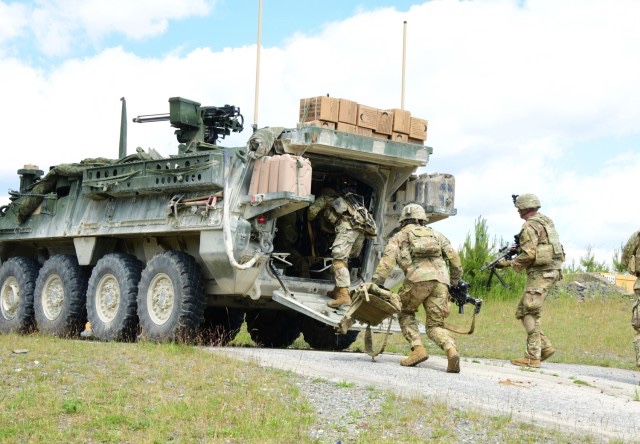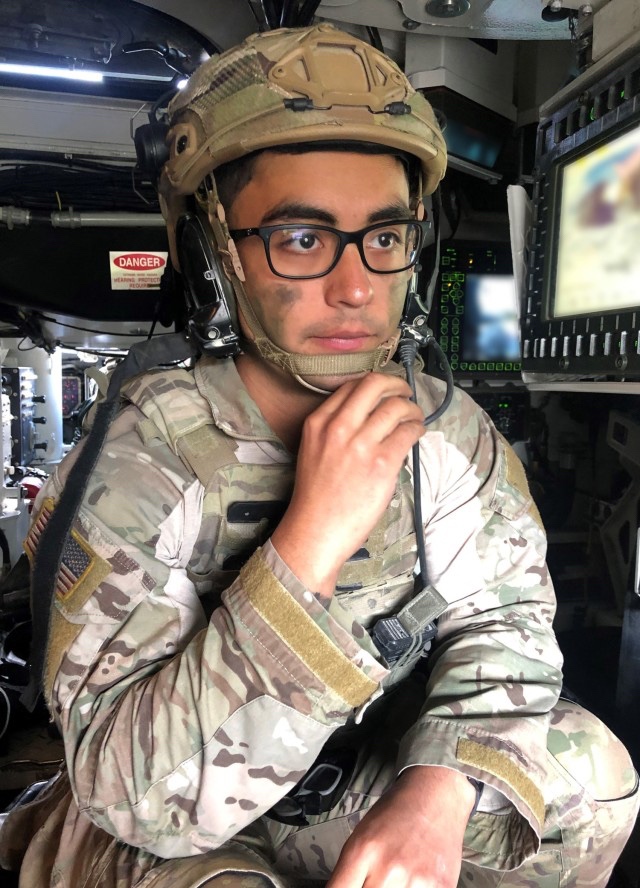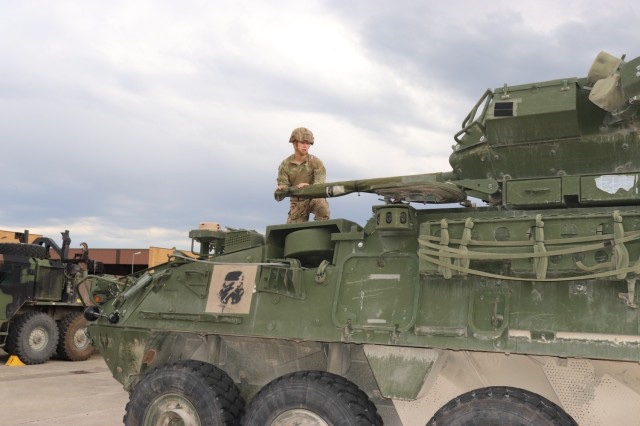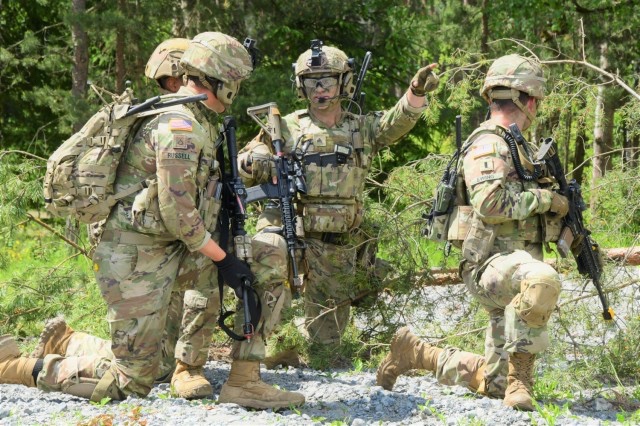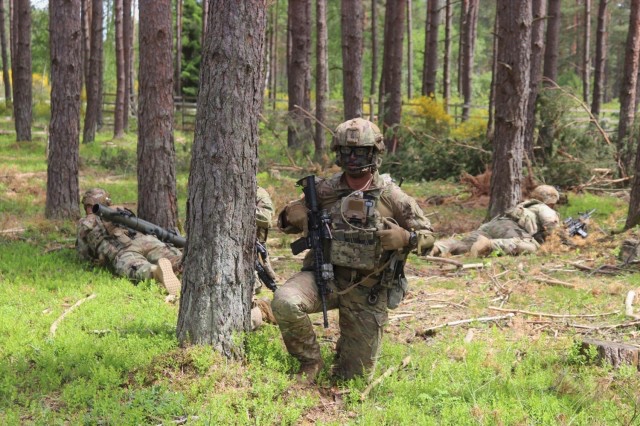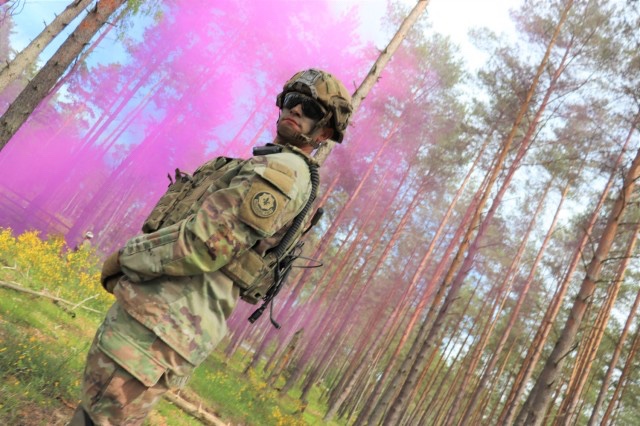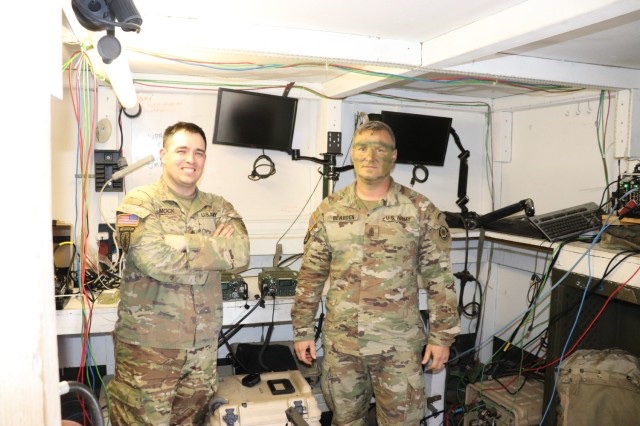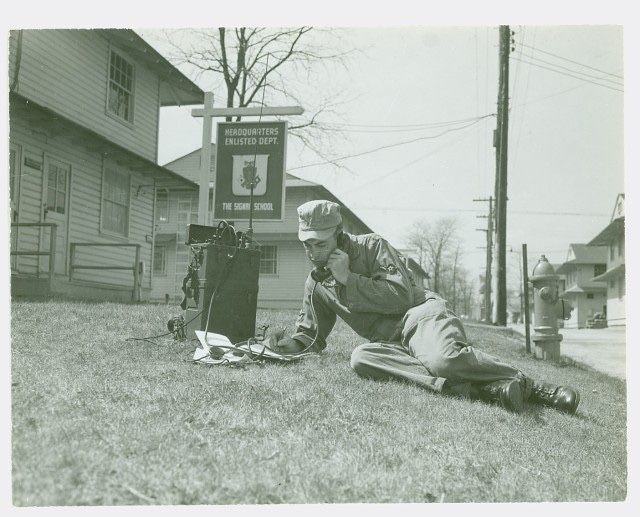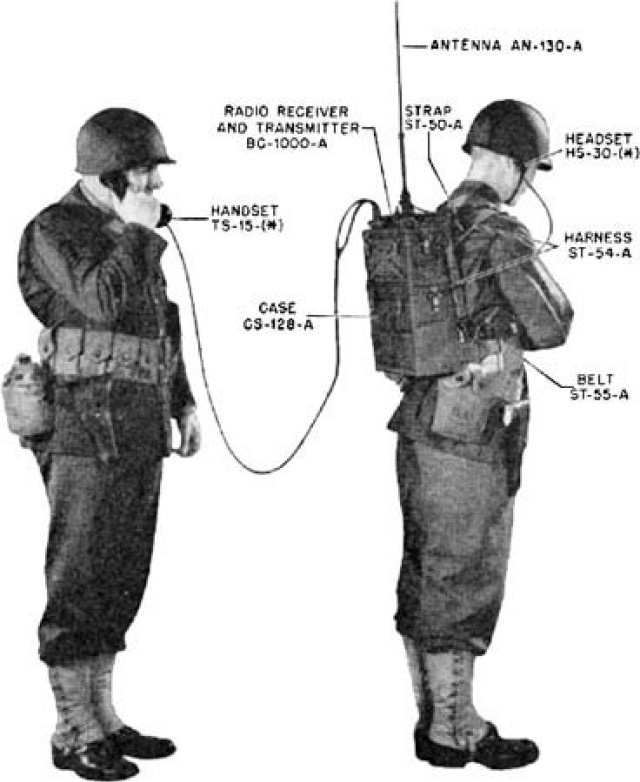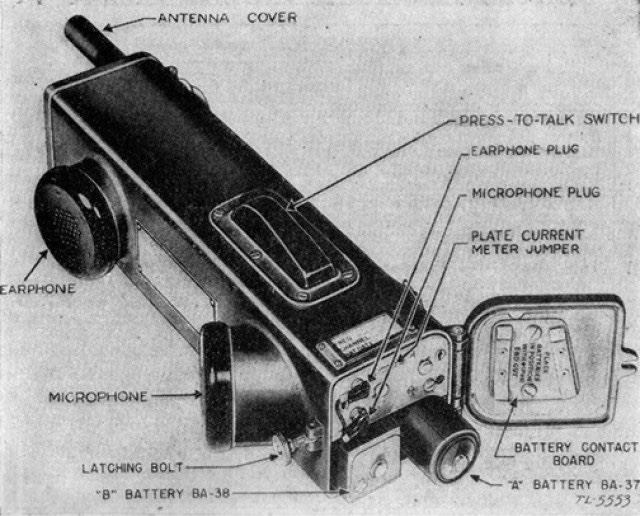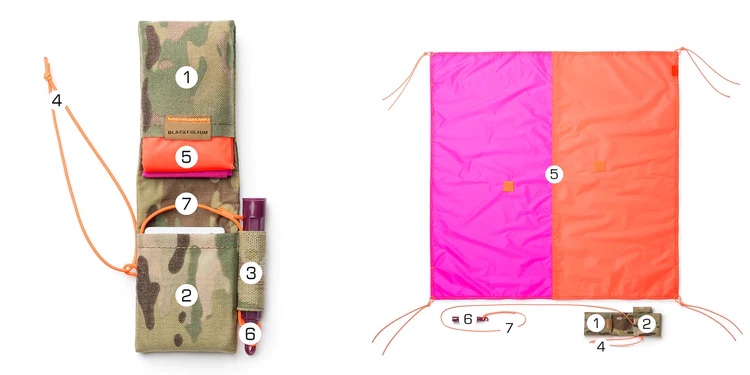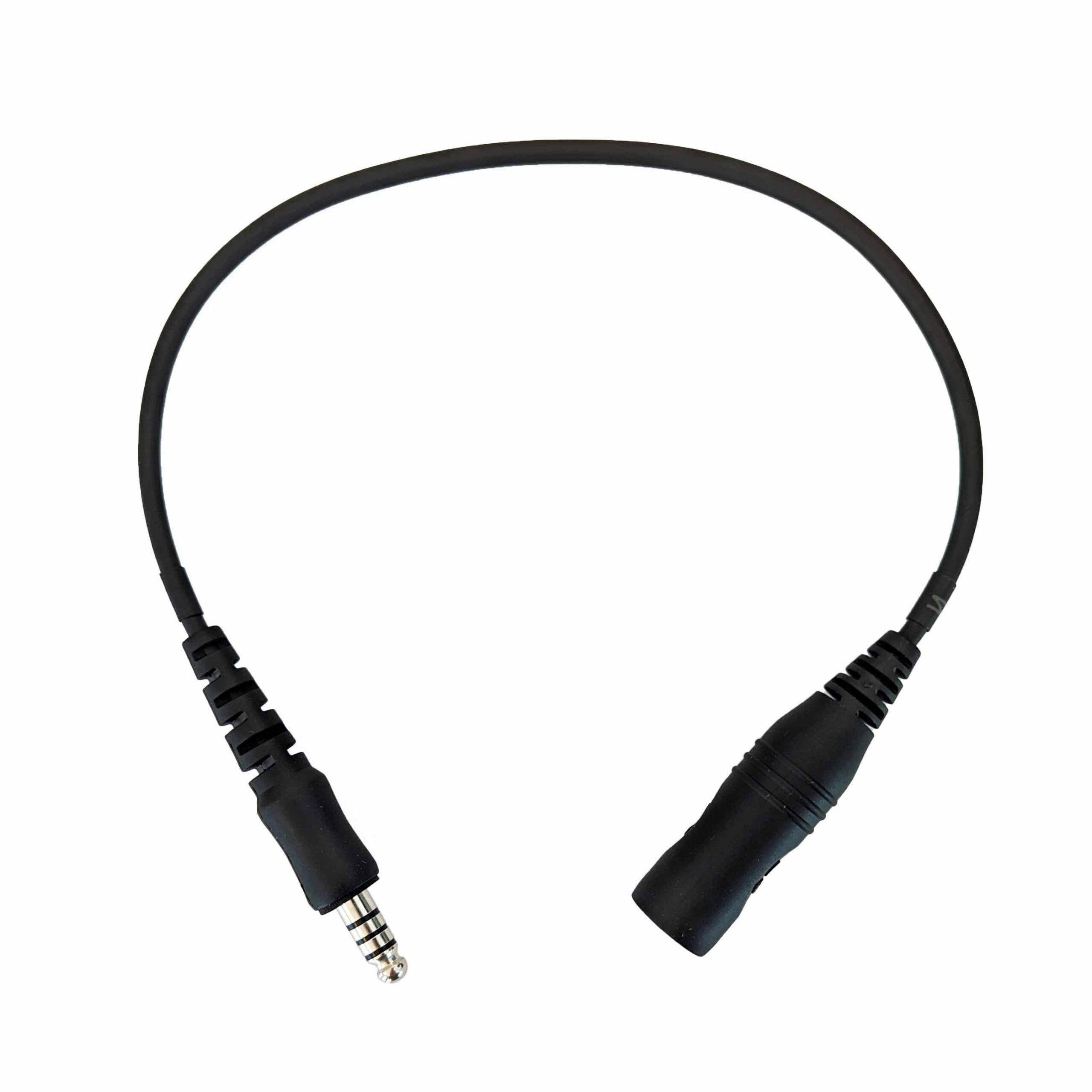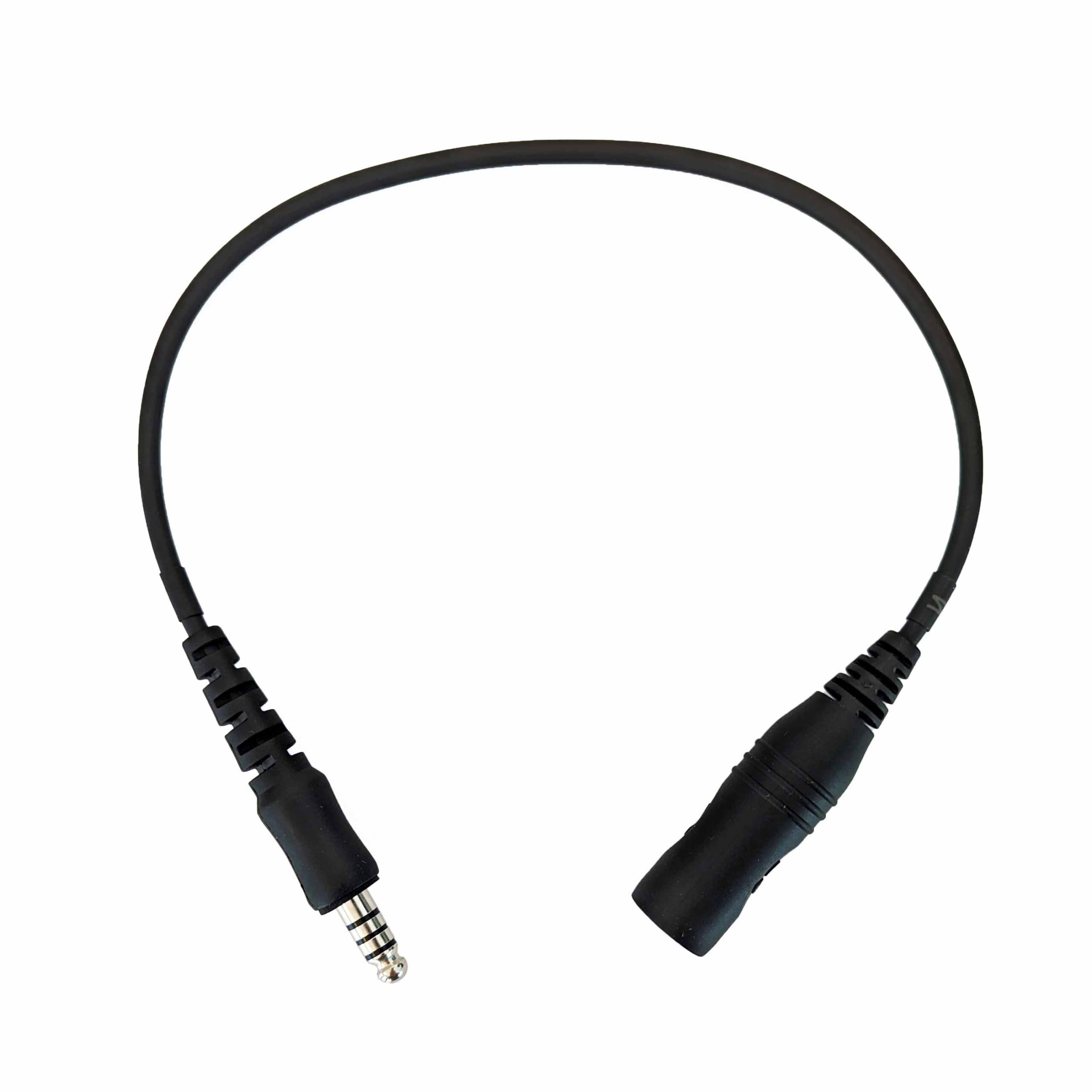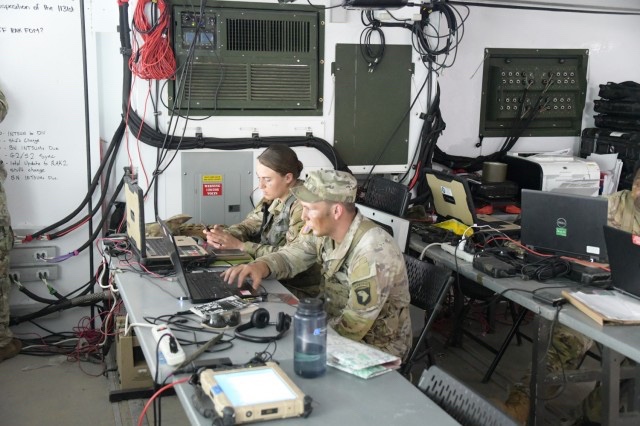
ABERDEEN PROVING GROUND, Md. (July 20, 2022) – The Army’s effort to converge mission command applications onto a “single pane of glass” reached another key milestone last month as the next increment of Command Post Computing Environment (CPCE) software achieved Milestone B approval.
CPCE Increment 2, or Inc 2, marks the second significant convergence of warfighting functions into CPCE and will collapse fires and intel apps onto the software framework. Inc 2 also integrates mission planning and airspace control tools, and initial tactical data fabric (TDF) capabilities.
Milestone B approval designates the start of the engineering and manufacturing development phase and sets the conditions for operational test and evaluation and ultimately, a full deployment decision.
Programs of record with ongoing convergence efforts onto the CPCE framework as part of Inc 2 include the Advanced Field Artillery Tactical Data System, or AFATDS, which provides automated fire-support command, control and communications; intel apps including All Source II, Information Collection, Intel Support to Targeting and Weather Operational Effects; integrated mission planning and airspace control tools including the Aviation Mission Planning System and Tactical Airspace Integration System; ENFIRE, a reconnaissance and surveying toolset, which provides Army engineers the means to facilitate rapid collection and dissemination of terrain information; and Cyber Situational Understanding, also known as Cyber SU.
“Collapsing these mission command applications provides an opportunity for commanders to envision the holistic battlefield from one source,” said Lt. Col. Travis Rudge, product manager for Tactical Mission Command. “The Army is working across its network and intel partners, ground and aviation platform offices, Corps of Engineers and other stakeholders to make this convergence a reality.”
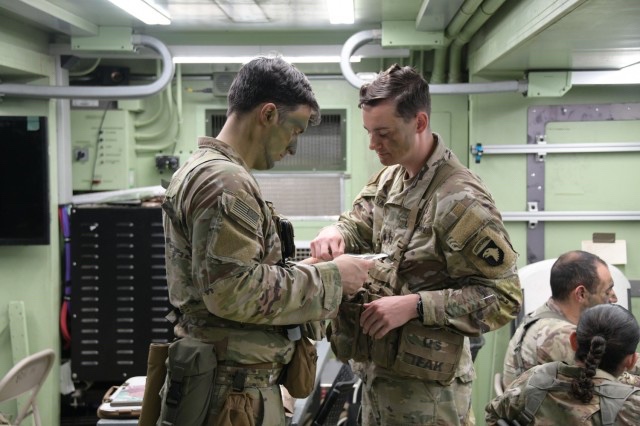
The implementation plan for Inc 2 identifies the CPCE TDF as its priority effort in concert with logistics status and sustainment-running estimate capabilities. The remaining operational needs – including role-based access controls, terrain analysis and application automation, among others – are being analyzed by the Army’s capability development and requirements community. Once delivered, these remaining operational needs will improve interoperability, common look and feel, and cross-cutting capabilities across the Mounted Computing Environment and Mobile Handheld Computing Environment, leading to additional improvements in usability and training.
Additional enhancements planned for Inc 2 include critical cybersecurity measures to enable Tactical PKI implementation and certificate management, integrate a password management tool and encrypt data at rest.
The initial CPCE TDF delivered in Inc 2 will begin bridging enterprise and tactical data sources, and simplify and accelerate the sensor-to-shooter kill chain. The Army is taking a hybrid approach for its data fabric architecture, integrating ARCYBER’s lower echelon analytics platform, or LEAP, and components of the U.S. Army C5ISR Center’s Rainmaker capability to help provide improved data access, management and synchronization. Advancements from CPCE Inc 1 to Inc 2 software have set the stage for cloud-enabled mission command. Modification of the software will allow CPCE to access the power of the cloud infrastructure, removing dependencies of the application to legacy hardware while increasing scalability.
“CPCE Increment 2 is our contribution to the Army Data Plan and JADC2, helping our deployed units sense, make sense and act on data,” said Col. Matt Paul, project manager for Mission Command. “It allows commanders to be data centric, treating data as an asset to make better data-driven decisions.”
Coupled with CPCE Inc 2 software, Tactical Server Infrastructure version 3, or TSIv3, hardware will reduce the hardware footprint with smaller and more powerful servers and deliver increased computing resource requirements in support of Program of Record convergence.
Developmental Security Operations, or DevSecOps, continues to drive program development based on real-world feedback from Soldiers. Last month, technical leads from Project Manager Mission Command (PM MC) met with ARCYBER, U.S. Army Pacific (USARPAC) and 25th Infantry Division (25ID) leadership to coordinate TDF design needs and potential USARPAC experimentation support plans. PM MC personnel assisted USARPAC and 25ID in developing network visibility use cases and data collection parameters through LEAP to gain better insight based on mission needs.
Additional DevSecOps partners include USAREUR-AF, XVIII Airborne Corps, I Corps and USASOC. Ongoing experimentation efforts in the INDOPACOM area of responsibility are informing future TDF implementation and CPCE enhancements.
A full deployment decision and the first unit equipped for CPCE Inc 2 are both scheduled for 2024.
By Justin Eimers, PEO C3T Public Affairs



